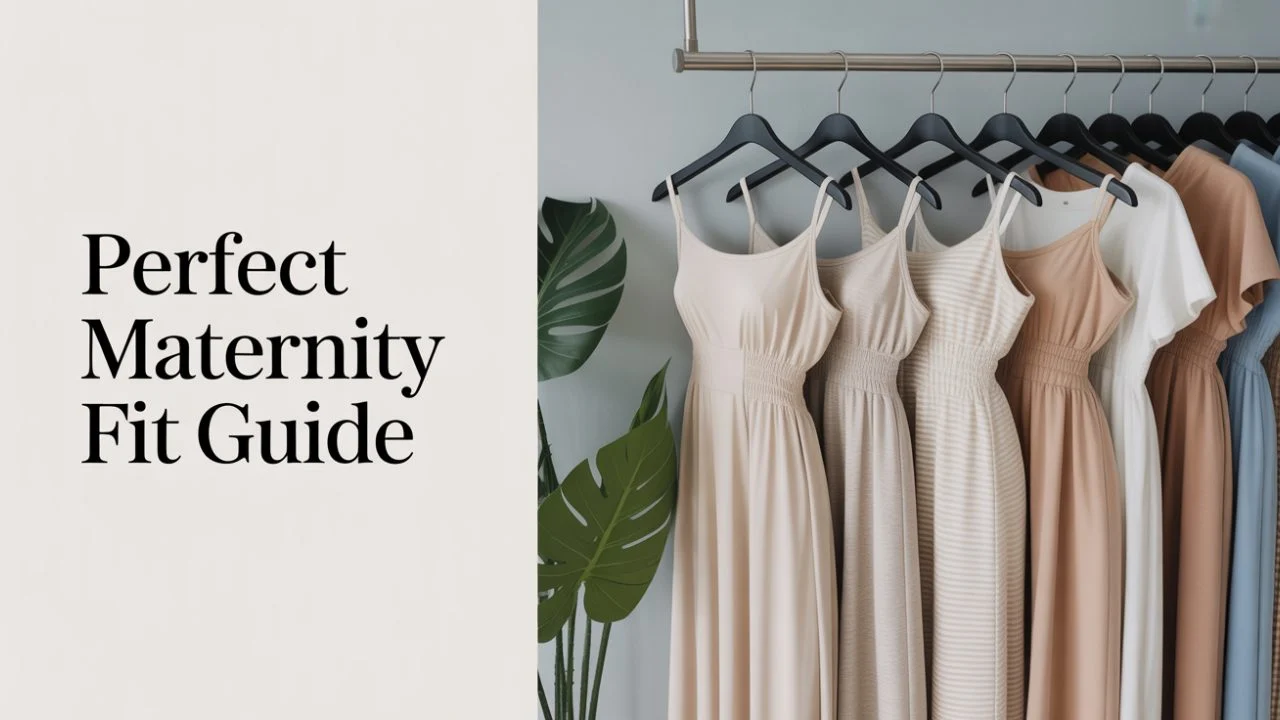Planning a wedding is an exciting yet important task that requires careful thought. One of the key steps in wedding planning is creating a detailed budget. A good budget helps you manage your money wisely, avoid overspending, and ensure that every part of your big day is covered.
In this blog, we’ll guide you through a simple process to create a wedding budget. From figuring out how much you can spend to deciding your priorities, we’ll help you plan the wedding of your dreams while staying within your budget.
Step 1: Set Your Wedding Budget First

The initial thing that one must do when making the wedding budget analysis is to find out the total amount of money to be spent. This includes your contribution, your partner’s contribution, and any contribution from other relatives or friends.
Factors to Consider:
- Personal savings: Consider how much money each of you is willing to spend from your pocket since these are your savings.
- Family contributions: Do you or your spouse’s parents expect to pay for any of the costs? Make sure they agree to a particular amount they are willing to lend.
- External funding: Contrary to what is recommended, some couples may seek financing or credit for a wedding.
Once you have decided on your average spending limit, they can be apportioned to different wedding expenses.
Step 2: How to Save on Your Wedding Day

Every couple has things that matter most to them for their wedding. Before making a detailed budget, talk with your partner about what’s most important to both of you.
High-Priority Expenses:
These are typically the items that have the most impact on your wedding experience:
- Venue: To most couples, the place to hold the ceremony is one of the biggest costs they are likely to incur. It defines the mold of the whole event so be generous with it, a good portion of your budget should be allocated here.
- Catering: Facilities and other related expenses also; this means that approved food and drinks are also of high priority since they impact the guest experience.
- Photography/Videography: You want to be able to look back and remember your special day; therefore, photography and video should also account for a good percentage of your budget.
Medium-Priority Expenses:
These items are essential but may not need the same level of investment as the higher-priority items:
- Attire: Female wedding wear that comprises a dress, tuxedo, and accessories may cost differently from the other types. The key here is to look and feel good, yet some clothes can be bought at pretty reasonable prices.
- Entertainment: When it comes to entertainment, whether you decide to hire a DJ or a live band, then you definitely won’t go wrong.
- Flowers and décor: Ceremony and reception decorations like flowers work to complement the setting of your big day; explore some ways how to cut expenses on these when needed.
Low-Priority Expenses:

These are items where you can potentially cut costs without significantly affecting your wedding day:
- Wedding favors: Wedding favors may sound like a good idea, but people simply forget about them most of the time. There could always be more economical or self-made solutions.
- Invitations: There is nothing wrong with having pretty and cheap wedding invitation cards, and digital invites are included, too.
Step 3: The Percentage Distribution of Wedding Expenses

Now that you know your overall wedding budget and priorities, it’s time to create a detailed wedding budget breakdown. Below are the major categories that typically make up a wedding budget, along with recommended percentages for each:
1. Venue (40%-50% of the Budget):

Indeed, the place is one of the biggest shares of wedding expenses, and therefore, it should be paid much attention to. This category includes:
- Venue rental fee
- Table, chair, and linen, which in most places are hired
- Lighting and sound equipment
- Set-up and breakdown costs
As shown, Extra costs include costs that may be incurred in events, like hiring an extra venue, payment for cleaning, or even overtime costs.
If you want to save money, aim at having your ceremony and reception at the same venue or choose a less conventional venue that gives you lots of options on how much you will have to pay.
2. Catering (20%-30% of the Budget):

Food and drinks will also take up a significant portion of your wedding budget breakdown. Whether you opt for a buffet, plated dinner, or family-style service, your catering costs will include:
- Meals for each guest
- Beverages (alcohol and other).
- Wedding cake or dessert
- Tipping the catering services
So, if the client wishes to cut costs there or since there are several efficient ways of making various savings, there can be a limited bar that is more affordable than an open bar and a less costly meal to be served to the guests. Graduation Some other couples also prefer food trucks or buffet services to minimize costs.
3. Photography and Videography (10%-15% of the Budget):

Photography and videography during a wedding event are important to any couple. Ensure that sufficient money for hiring a professional and a photographic service of the event in case someone wants a video. Costs may include:
- Photographer’s hours (before the wedding, the ceremony, and the reception)
- Photo albums or prints
- Videography services
- Extra filming, including drone or special requests
However, if your budget limits you, you should either hire a photographer for a shorter period or hire a young, talented photographer.
4. Wedding Attire (5%-10% of the Budget):

The cost of the wedding dress, tuxedo or suit, and any accessories should be factored into your wedding budget breakdown. This category also includes:
- Wedding dress and alterations
- Groom’s attire
- Shoes, jewelry and ornaments
- Bridal hair and makeup
Clothing for bridesmaids and groomsmen, if you’re paying for it
The cost of formal wear is another area where there are many opportunities to save. These include hiring clothes or outfits, purchasing clothes that are not tailor-made, or purchasing them during the season of clearance.
5. Flowers and Décor (5%-10% of the Budget):
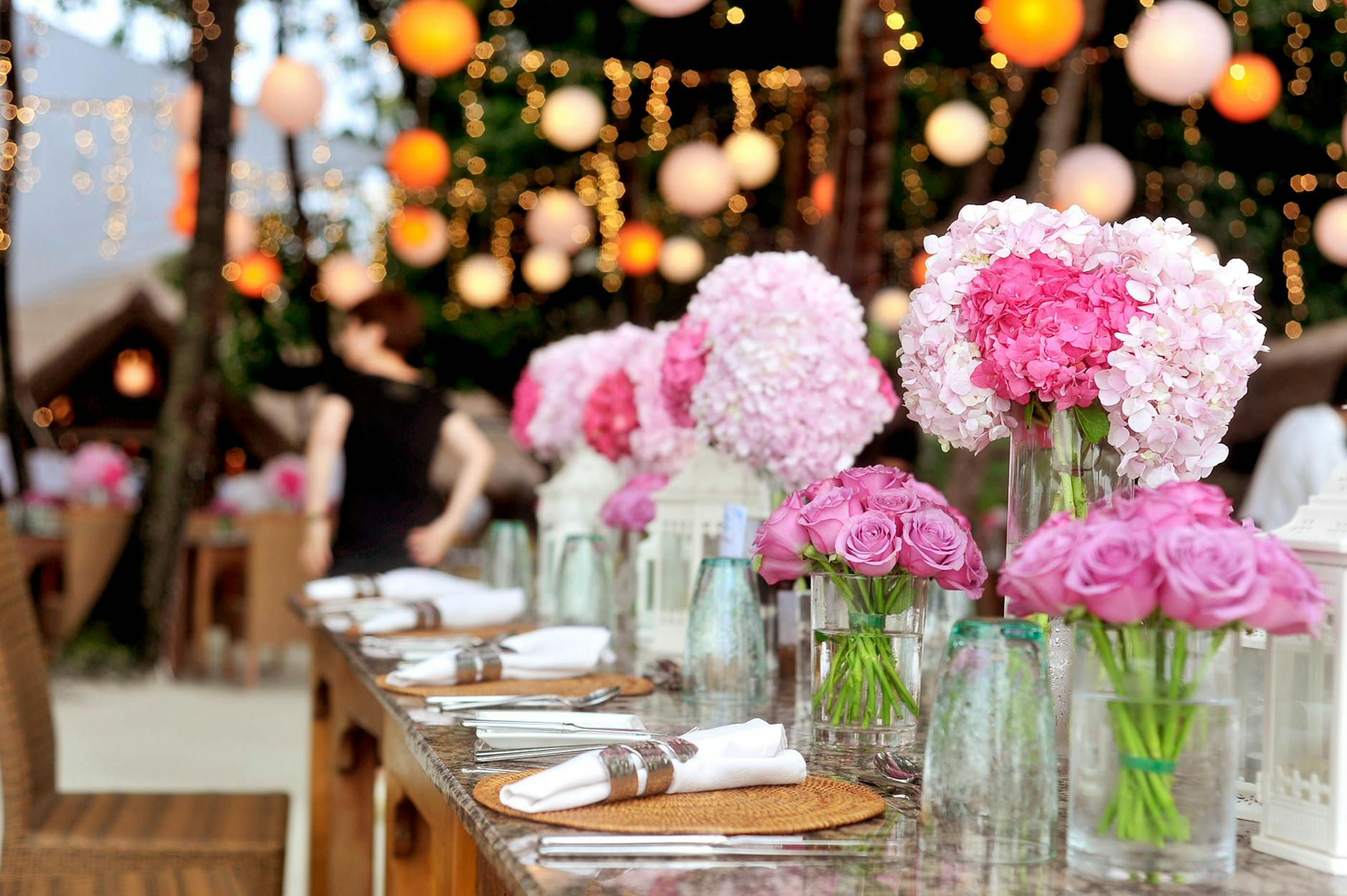
Your flowers play a key role in creating and maintaining the mood and the overall concept of your wedding. Include the following in your budget:
Significant elegant wedding cosmetics include a bride’s bouquet and the groom’s and bridesmaids’ boutonnieres.
- Reception table arrangements
- Floral décor for the ceremony
- Extra decorations (candles, signs, and many others).
In terms of costs, it can be cut to use seasonal flowers or to have more green elements. The flowers can also be reclaimed from the ceremony to the reception, cutting down on expenses.
6. Entertainment (5%-10% of the Budget):

Your entertainment will, therefore, be informed by the style of your wedding. This portion of the budget typically covers the following:
- DJ or live band
- Wedding musicians (strings, singers, etc.)
- Audio and lighting equipment
- Use of the dance floor (if hired)
If you’re hoping to reduce your expenses, then instead of hiring a band, you can hire a DJ, or you can make your selection of songs for the reception.
7. Invitations and Stationery (2%-5% of the Budget):
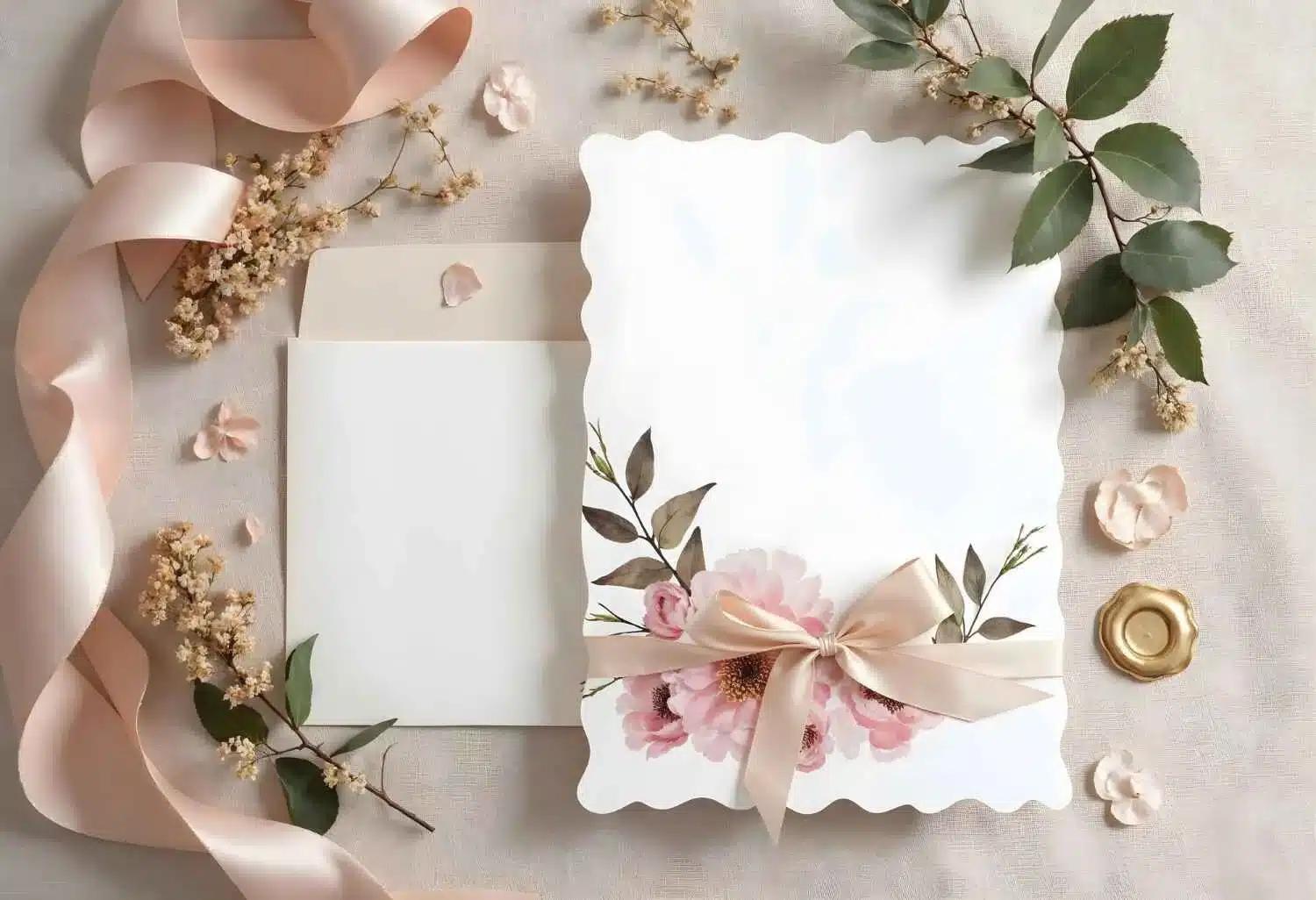
It may sound quite unappetizing to think of invitations as mere pieces of paper, but let me assure you, there are many a way to ensure it does not have to break the bank, such as wedding invitations, save the date, and thank you cards. This category includes:
- Invitations and envelopes
- Postage
- Programs and menus
- Menu cards and list of the attendees
You can cut some costs at this time by choosing to write your invitations digitally or making your own invitation cards.
8. Transportation (1%-5% of the Budget):
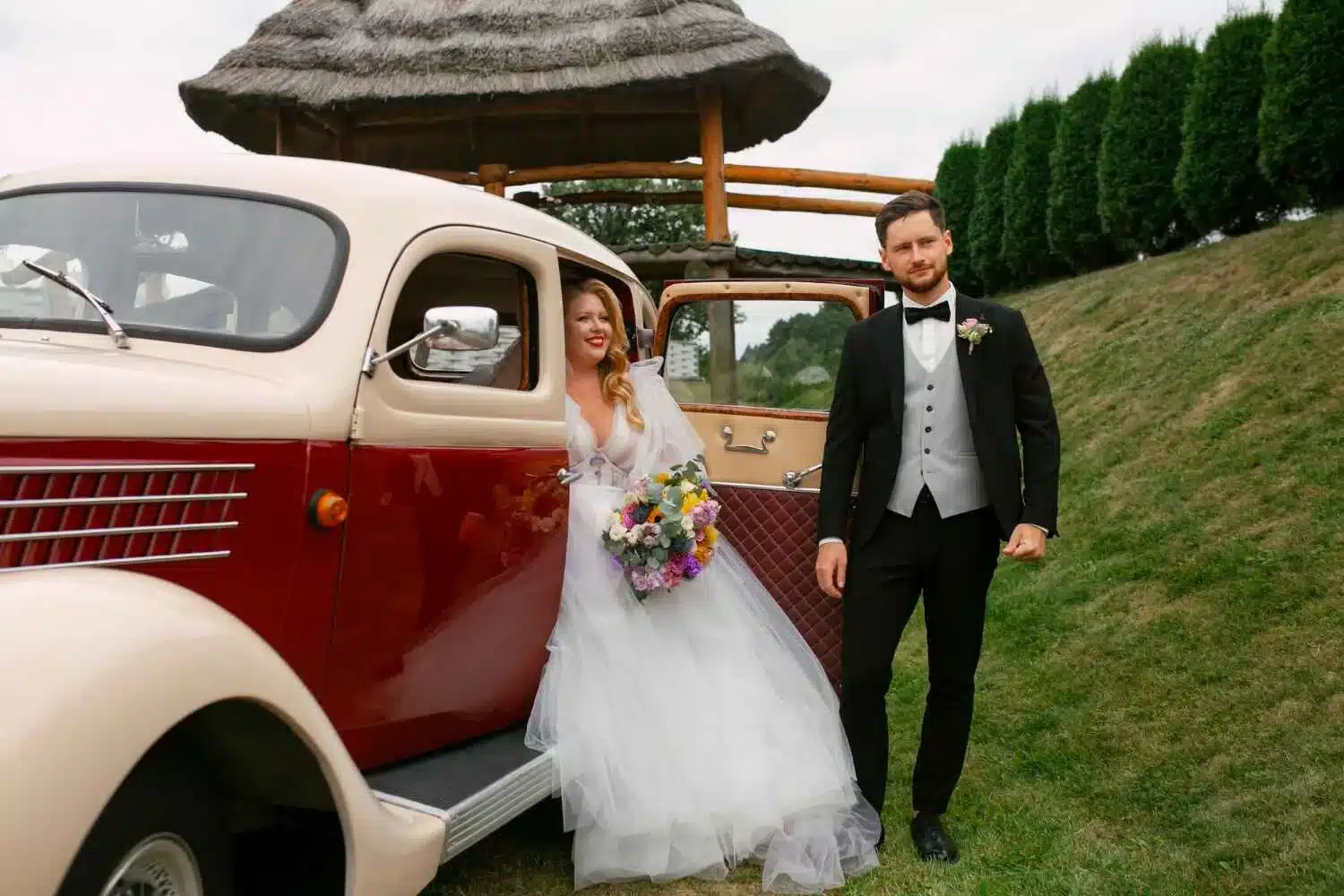
Transportation expenses will depend on the place of your wedding and your choice. Typical transportation expenses include:
- Engagement in wedding transportation like limousine, Vintage car, or any other transport to carry the couple.
- Transportation service for the guests should be provided if the rates for the ceremony and reception are different.
- Availability of on-site car parking or provision of valet car parking service at the venue
Sometimes, for instance, when your event venue is easily accessible in the middle of the city, you may not offer transport for guests at all. Instead, you might drive a friend or relative to work with you and then drive home together or call an Uber or Lyft.
9. Wedding Favors (1%-3% of the Budget):
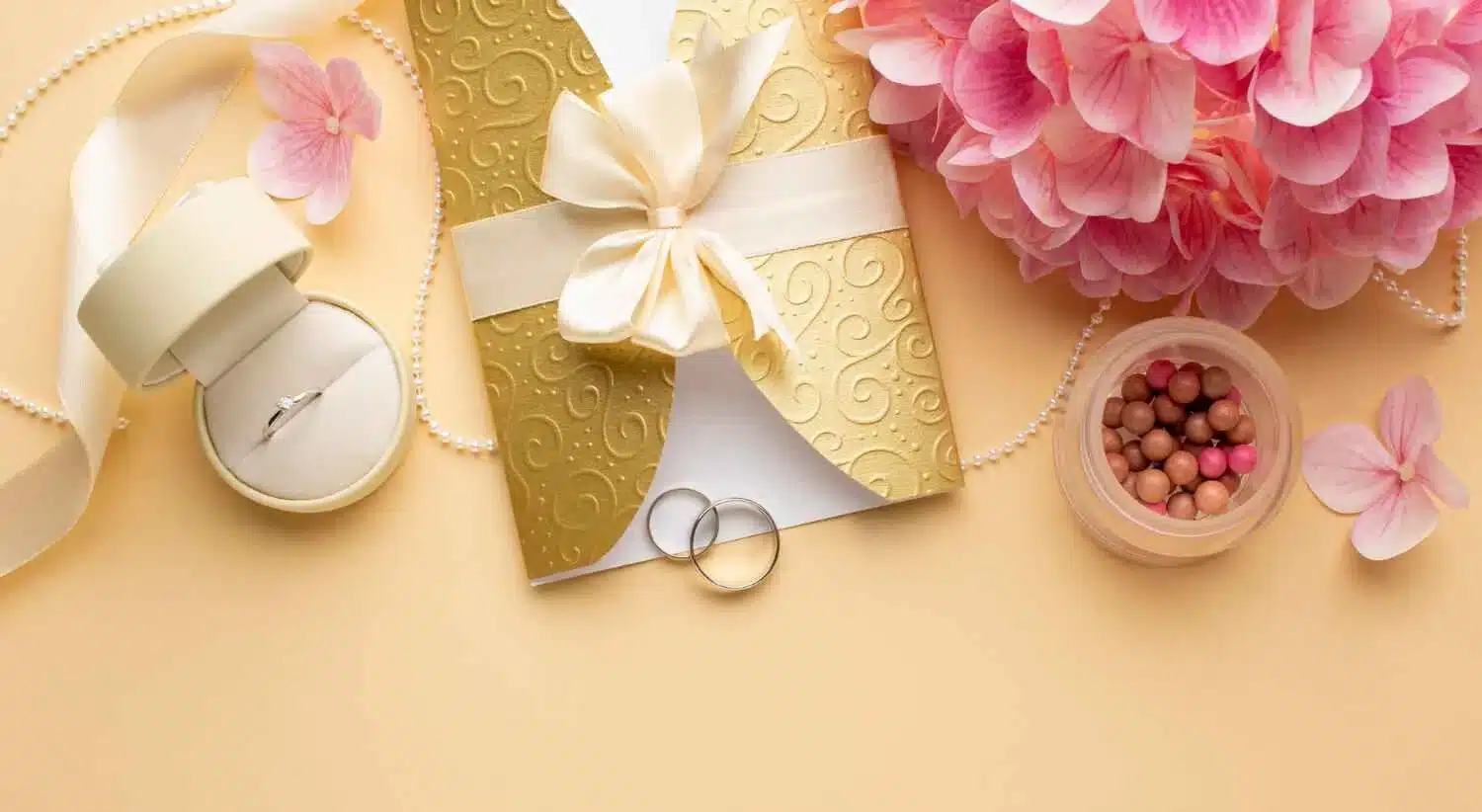
For wedding purposes, the wedding favors are not that significant, but they are a plus. Many couples opt to provide small, meaningful gifts for their guests to take home, such as:
- Rubber stamps, candles, key chains, etc.
- Sweet items (chocolate cookies, iced, etc.)
- Donations to charity in honor of the guests
If you are short of cash, then you might do without favors or go with a basic and cheap solution.
Step 4: Create a Cushion for Emergencies

Even when you properly coordinate every bit of the wedding, you know very well that other costs will crop up. Leave between 5% and total cost for unexpected costs that may appear during the last days before the trip. Whether it is math or a trip to wholesale to look for more decorations, last-minute vendor fees, tips for the service providers, or even emergencies, having some cash cushion will help you not lose your cool when the date is close.
Establishing and Sticking to Your Wedding Budget
When you begin hiring vendors and buying your supplies, you need to be particularly vigilant of how much you are spending. It is also important to use an Excel sheet of an application for planning weddings and managing expenditures to ensure they exceed the planned budget.
Tools for Budget Tracking:
- Google Sheets or Excel: Design an expense tracking template that administers easy categorization of all expenses.
- Wedding Planning Apps: Other popular wedding planning applications include Zola and The Knot, which can track budgets for you as well.
- Expense Management Software: If you want closer monitoring, there are applications for tracking your personal finances, such as Mint, which allows you to keep an eye on the expenses associated with your wedding as well as other personal finances.
Regularly update your wedding budget breakdown to ensure you’re on track and adjust categories if necessary.
Also Read: 15 Wedding Planning Tips for a Stress-Free Celebration
Conclusion
Planning a successful and stress-free wedding necessitates creating a comprehensive breakdown of the budget. By following these means, focusing on what makes the biggest difference to you and your accomplice, and monitoring your spending, you can design the wedding of your fantasies without monetary concern.
Are you prepared to begin planning your wedding budget? Make a budget that fits your needs today, and get your finances in order!
Frequently Asked Questions
What proportion of the budget ought to go toward the venue?
Because it is typically the largest expense, the venue should typically receive between 40% and 50% of your budget.
What should our catering budget be?
Catering, for the most part, represents 20% to 30% of your absolute wedding financial plan. This includes drinks, food, and tips.
Is it possible to save money on wedding attire?
Yes! You can get a good deal on clothing by shopping during deals, leasing, or purchasing secondhand. Additionally, keeping accessories simple can help you save money.


